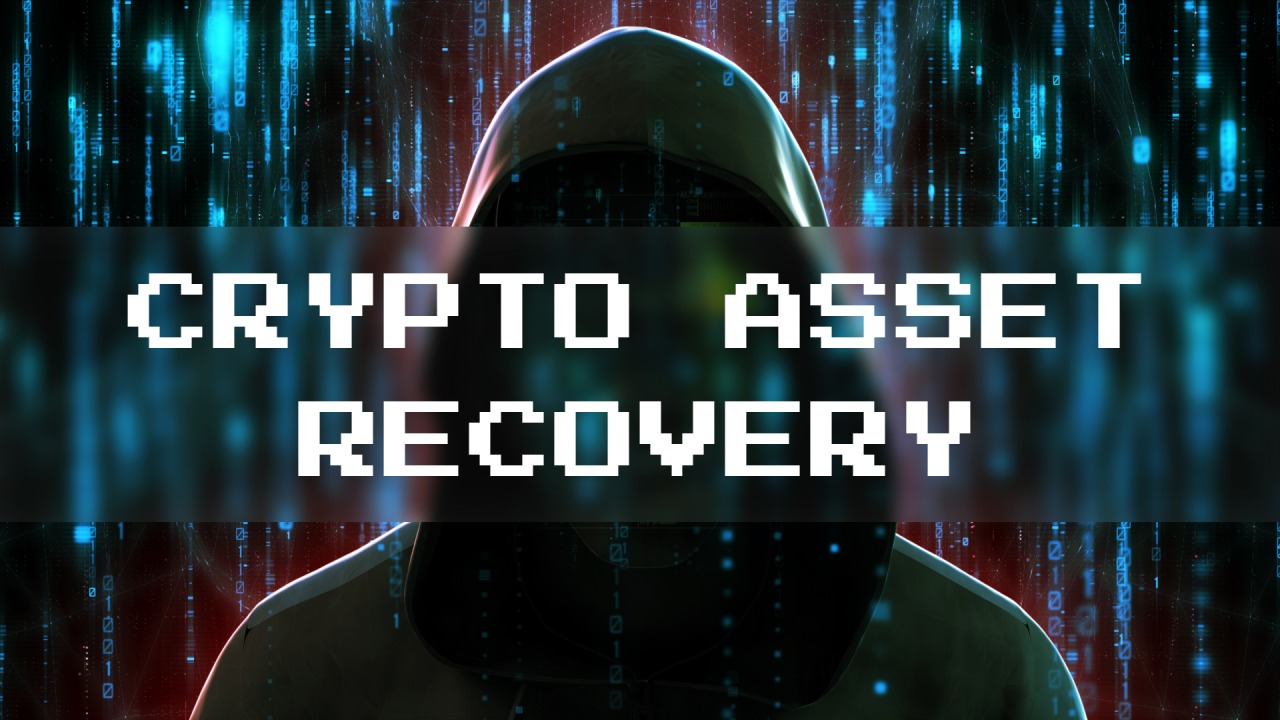Scammers are always looking for new ways to steal your money, and the massive growth of cryptocurrency over the past few years has created many opportunities for fraud. 2021 was a record year for cryptocurrency crimes – according to a report by Chainalysis, a blockchain data company, fraudsters stole $14 billion worth of cryptocurrency this year. If you are interested in cryptography, it is important to be aware of the risks. Keep reading to learn more about common crypto scams, how to detect and avoid them.
Cryptocurrency Investment Fraud
There are many types of crypto scams. Some of the most common include:
Fake websites
Scammers sometimes create fake cryptocurrency trading platforms or fake versions of official cryptocurrency wallets to trick unsuspecting victims. These fake websites usually have similar but slightly different domain names from the websites you are trying to imitate. They are very similar to legitimate websites, which makes it difficult to tell the difference. Fake crypto sites often work in two ways:
As phishing sites: all the data you entered, such as the password and recovery phrase of your crypto wallet, as well as other financial information, fall into the hands of scammers.

As a simple theft: firstly, the website may allow you to withdraw a small amount of money. Since their investments seem to be going well, they could put more money into the website. However, if you want to withdraw your funds later, the website will either be closed or the request will be rejected.
Phishing
Crypto-phishing scams often target information related to online wallets. Scammers are targeting private keys for crypto wallets, which are necessary to access funds in the wallet. Their method of operation is similar to other phishing attempts and is associated with fake websites described above. They send an email to lure recipients to a specially created website where they are asked to enter personal key information. As soon as hackers get this information, they steal the cryptocurrency in these wallets.
Pumping and dumping schemes
This includes distributing a certain coin or token by scammers through email newsletters or on social media such as Twitter, Facebook or Telegram. In order not to miss it, traders rush to buy coins, which leads to a sharp increase in price. After the scammers manage to raise the price, they sell their assets, which leads to collapse as the value of the asset plummets. This can happen within a few minutes.
Fake Apps
Another common way scammers trick cryptocurrency investors is through fake apps available for download through Google Play and the Apple App Store. Although these fake apps are detected and removed quickly, this does not mean that the apps do not affect many of the results. Thousands of people have downloaded fake cryptocurrency exchange apps.
Fake Celebrity Endorsements
Crypto scammers sometimes pose as celebrities, businessmen, or influencers, or urge you to attract the attention of potential targets. Sometimes this includes selling phantom cryptocurrencies that don’t exist for beginners.

These scams can be sophisticated and include glossy websites and brochures that seem to depict prominent endorsements of famous names such as Elon Musk.
Gift-giving fraud
Here, scammers promise to compare or multiply the cryptocurrency sent to them as part of a so-called gift-giving scam. Smart messages from an account that often looks like a functioning social network account can create a sense of legitimacy and create a sense of urgency. This supposed unique opportunity may encourage people to transfer money quickly in the hope of immediate returns.
Extortion and Extortion Scams
Another method used by scammers is blackmail. They send emails claiming that they have a record of adult websites visited by the user, and threaten to disclose it if they do not provide private keys or send cryptocurrency to the scammer.
Cloud Mining Fraud
Cloud mining refers to companies that allow them to rent the mining equipment they manage for a fixed fee and a share of the revenue they claim they will receive. Theoretically, this allows people to mine remotely without buying expensive mining equipment. However, many cloud mining companies are fraudulent or ineffective at best, as they end up losing money or earning less than expected.
Fraudulent Initial Coin Offerings (ICOs)
An initial coin offering or ICO is a way for start-up crypto companies to raise money from future users. Typically, customers are promised a discount on new cryptocurrencies when they send active cryptocurrencies such as bitcoin or another popular cryptocurrency. Several ICOs have turned out to be fraudulent, and criminals are doing everything possible to deceive investors, for example, renting fictitious offices and creating high-quality marketing materials.
How to Recognize Cryptocurrency Fraud

So, how to identify crypto fraud? Warning signs to pay attention to include, but are not limited to:
- The promise of guaranteed returns: No amount of money can guarantee future returns, as investments can both rise and fall. Any crypto offer that promises that you will earn is a red flag.
- Bad or non-existent technical document: Every cryptocurrency should have a technical document, as this is one of the most important aspects of the initial coin offering. The white paper aims to explain how cryptocurrency was developed and how it will work. If the technical document doesn’t make sense – or worse, it doesn’t exist – then proceed with caution.
- Excessive marketing: all companies advertise themselves. One of the ways that crypto scammers attract people is to invest in strong marketing – online advertising, paid influencers, offline advertising, and so on. This is done to reach as many people as possible in the shortest possible time – to raise money quickly. If you think the marketing of a crypto offering seems clumsy or makes extravagant statements without backing them up, stop and keep researching.
- Unnamed team members: Most investment companies should be able to figure out who the key people behind them are. As a rule, this means easily detectable biographies of people involved in investments, as well as an active presence on social networks. If you can’t determine who is running the cryptocurrency, be careful.




